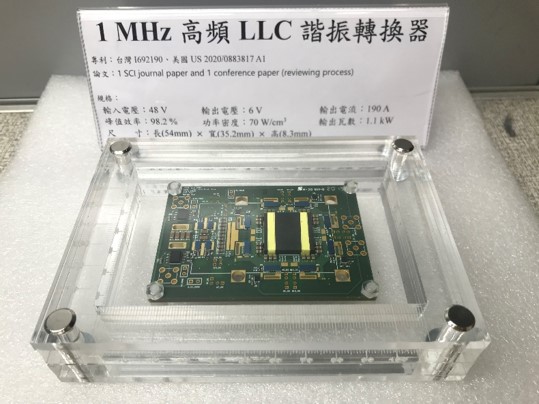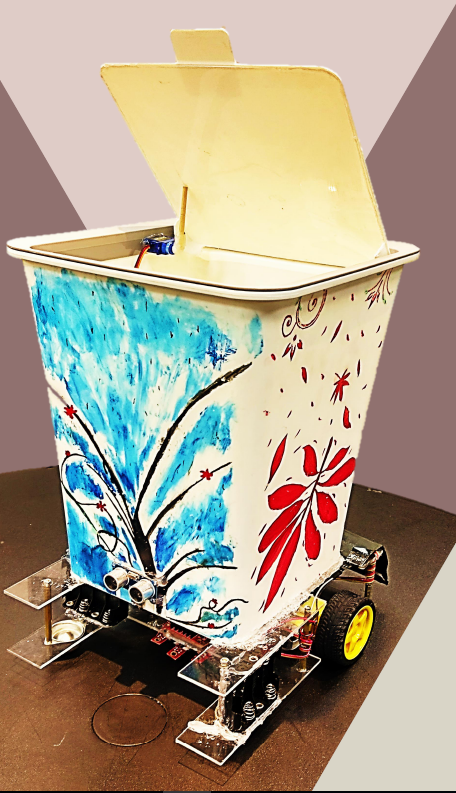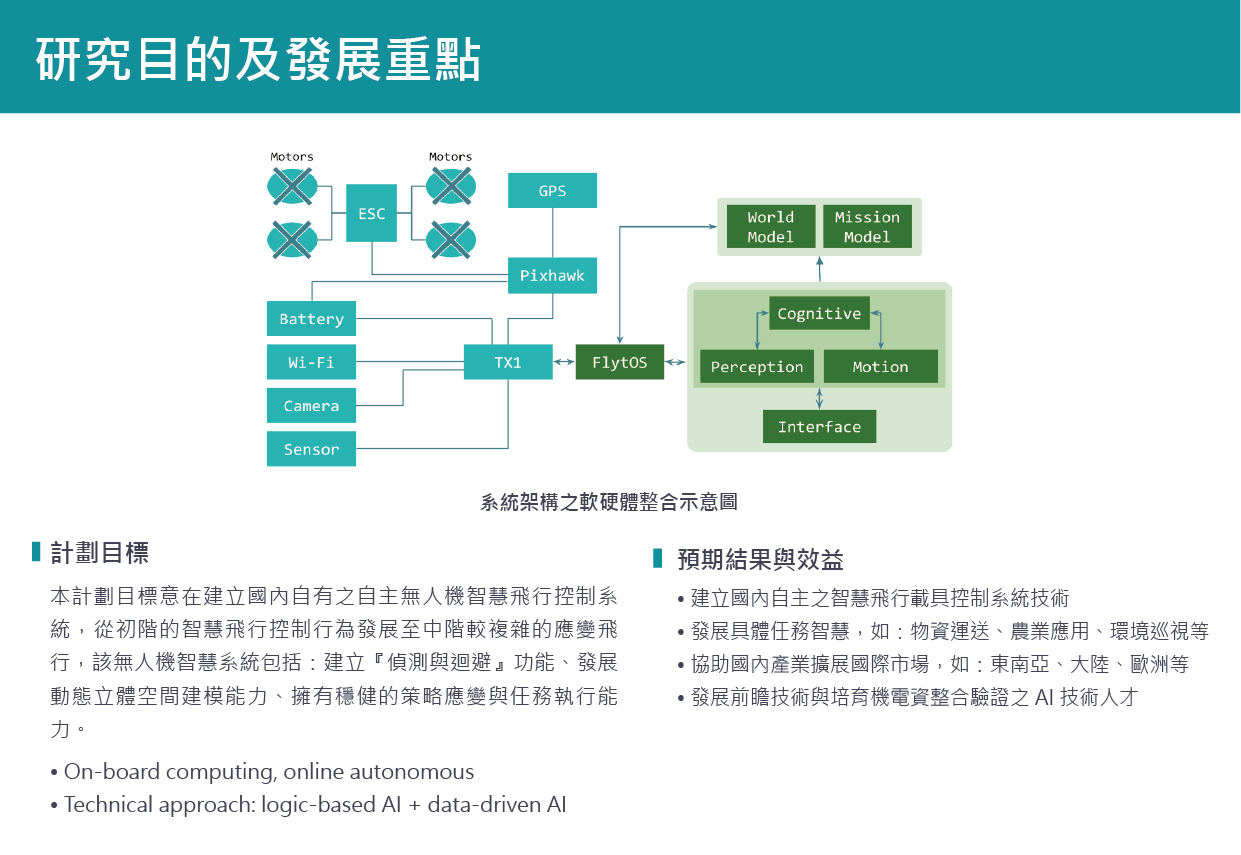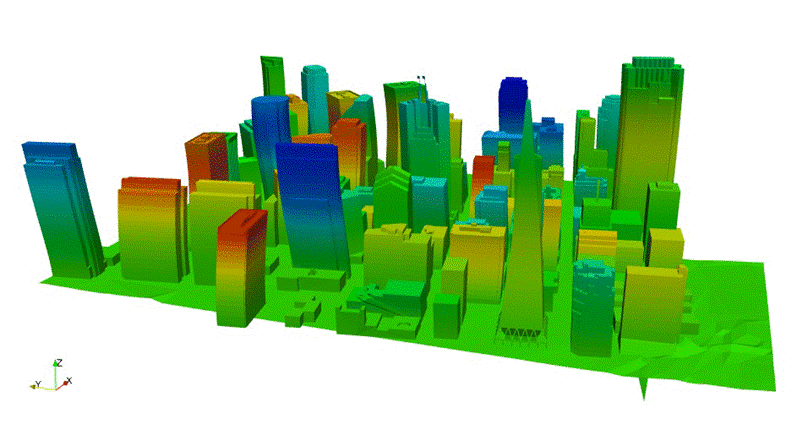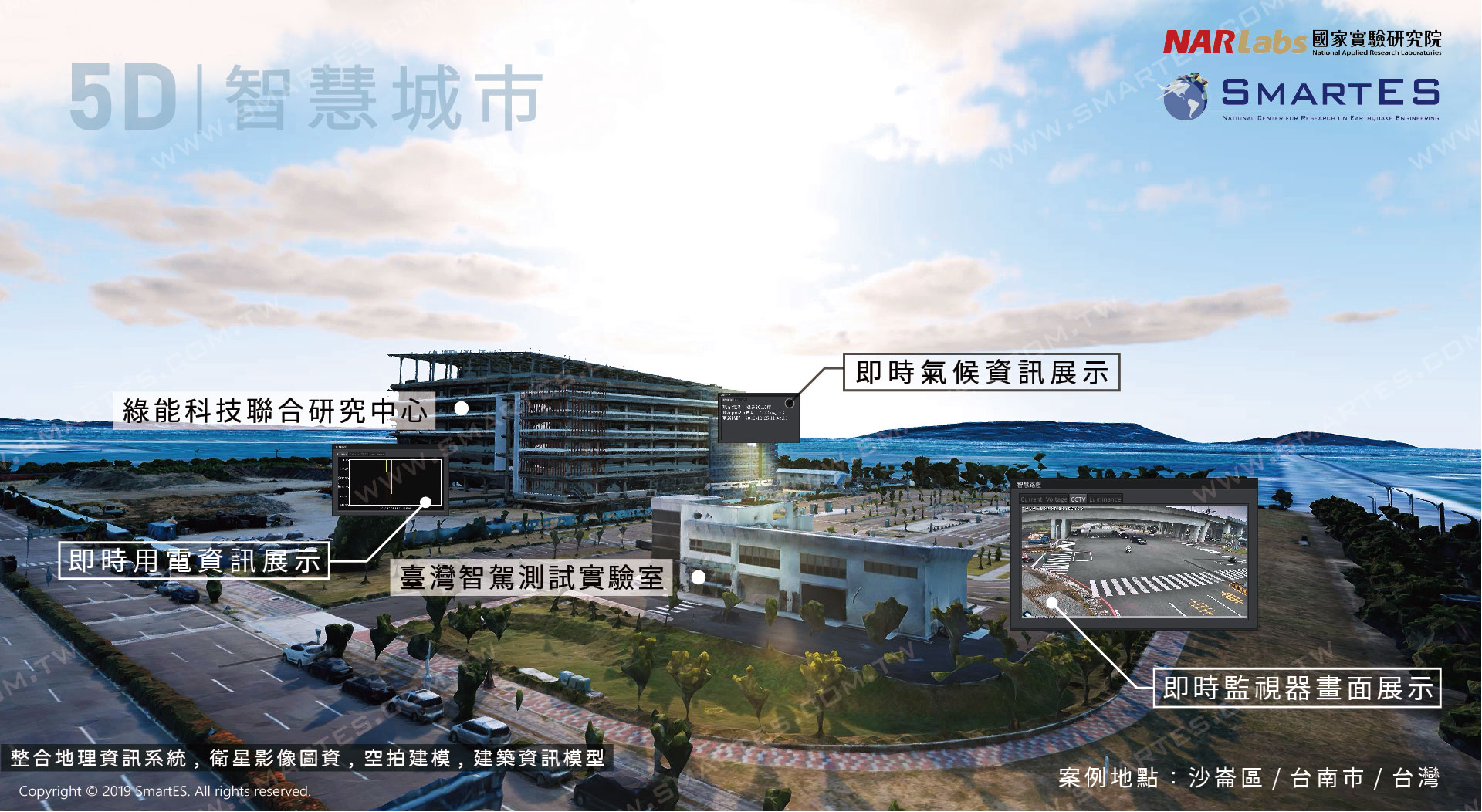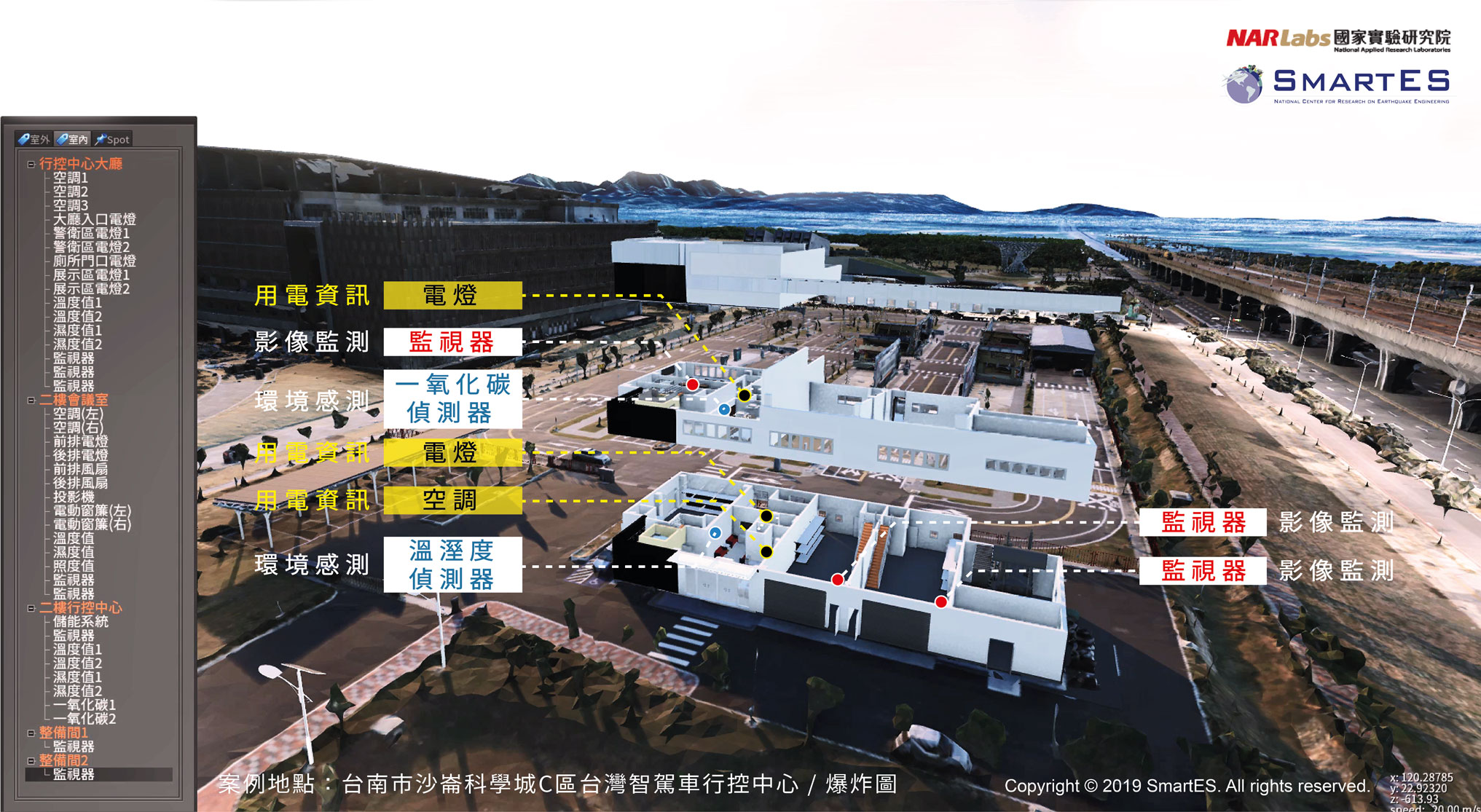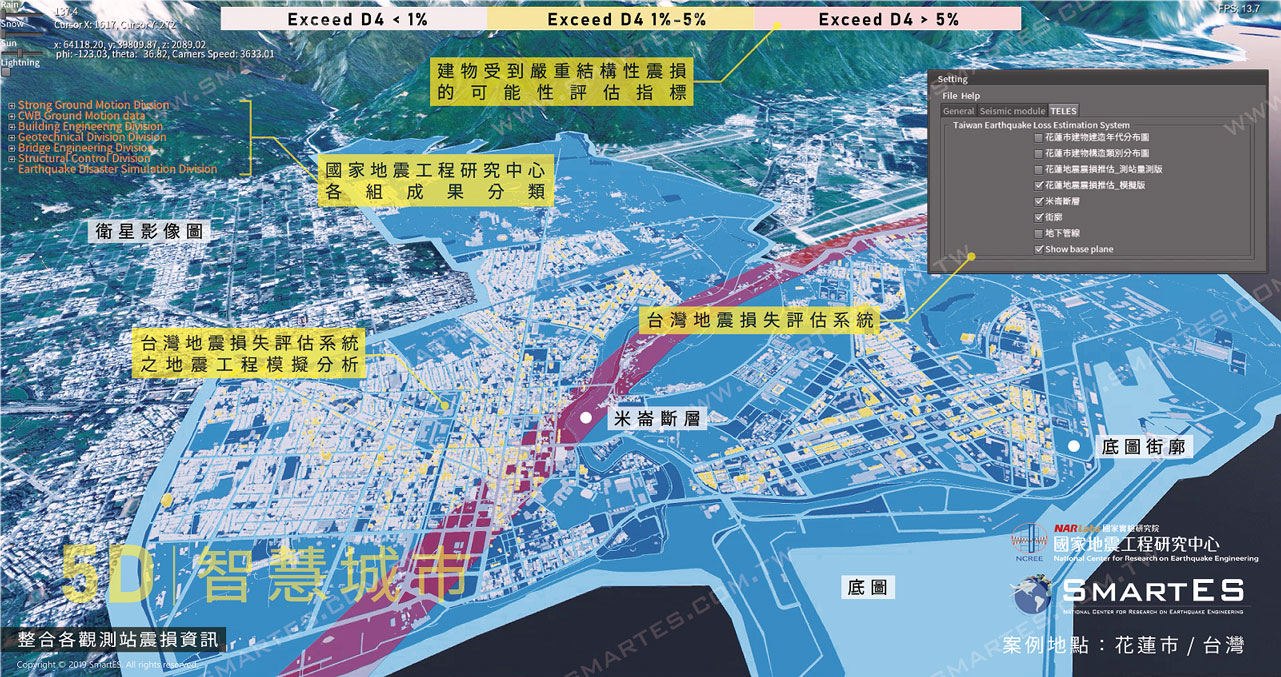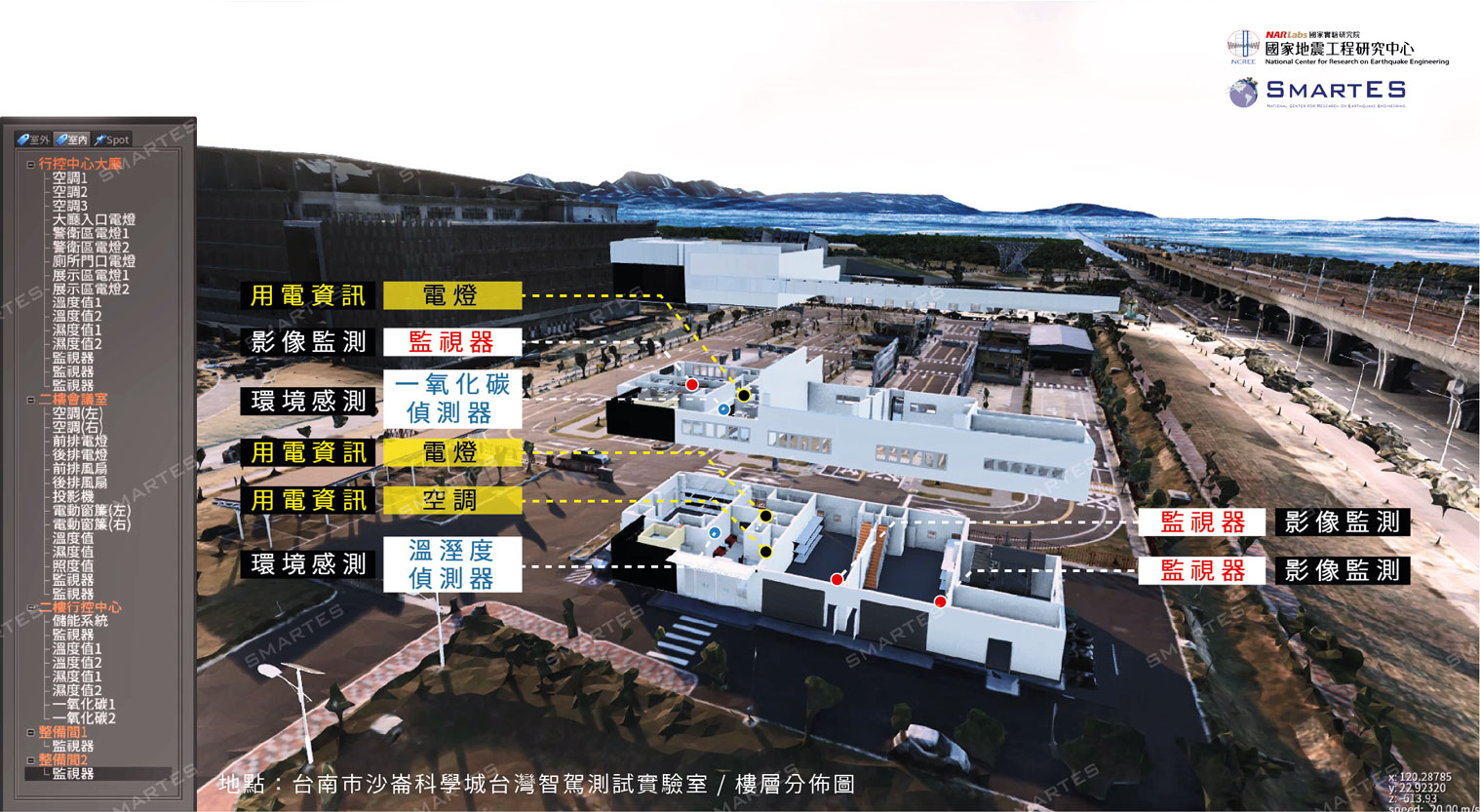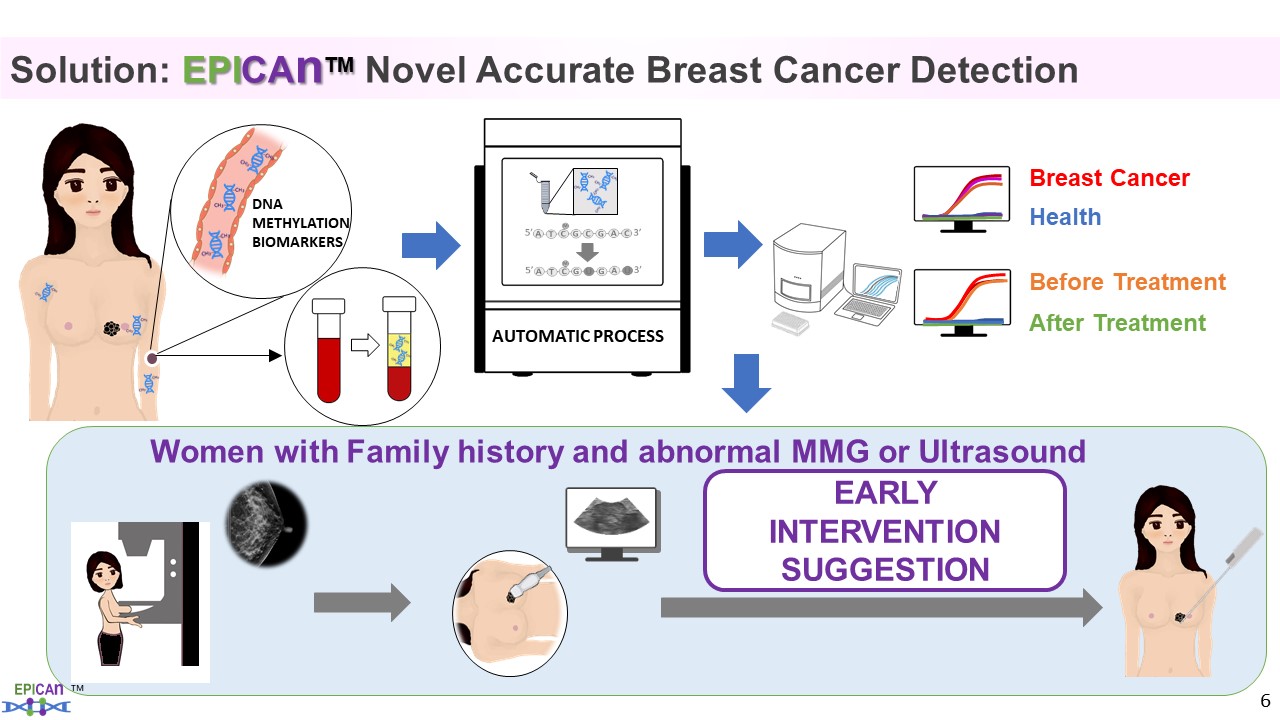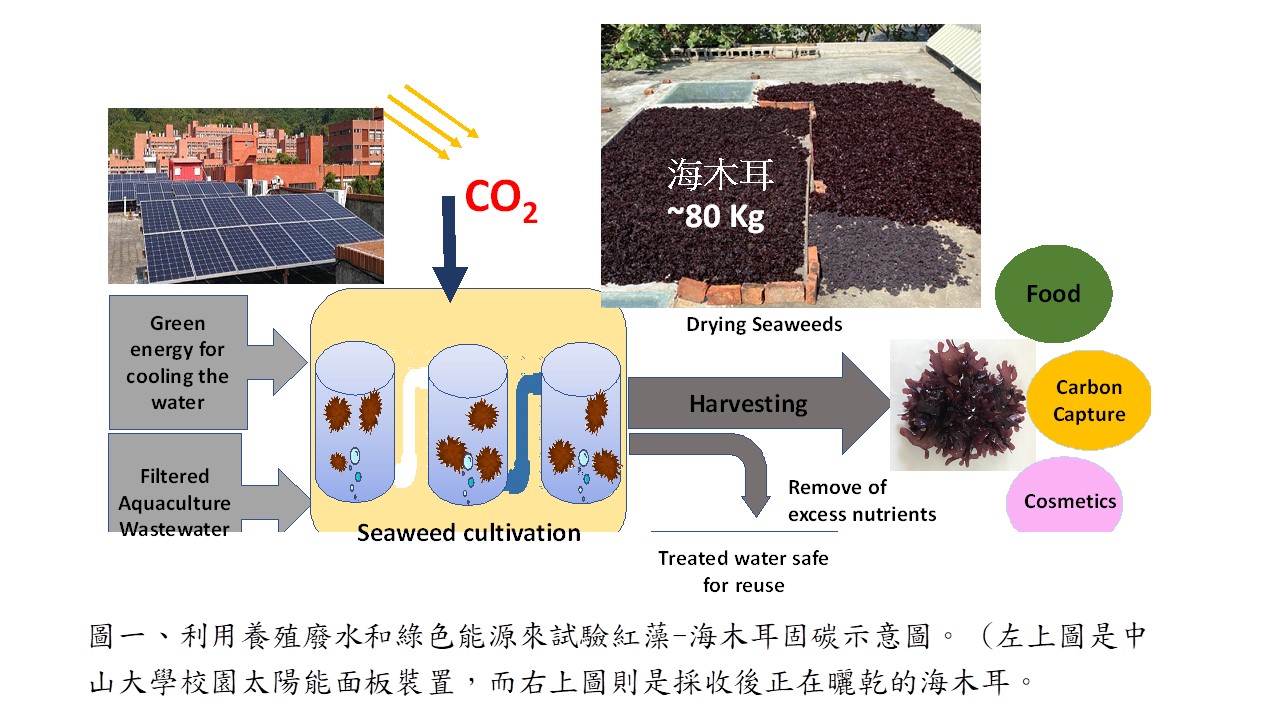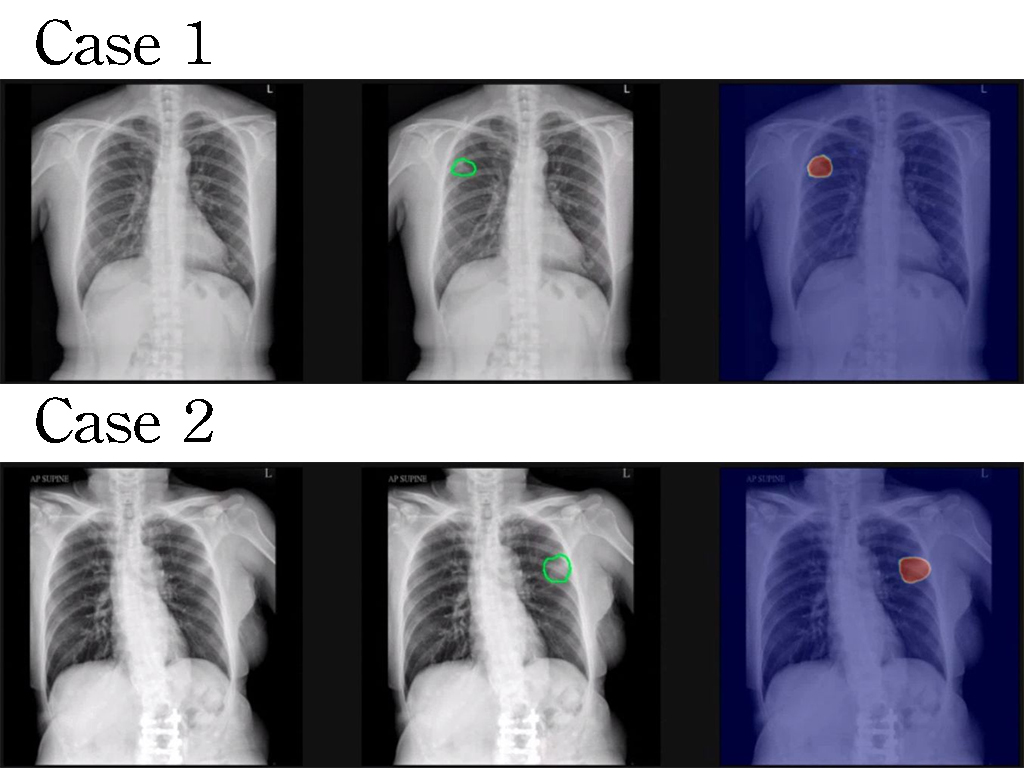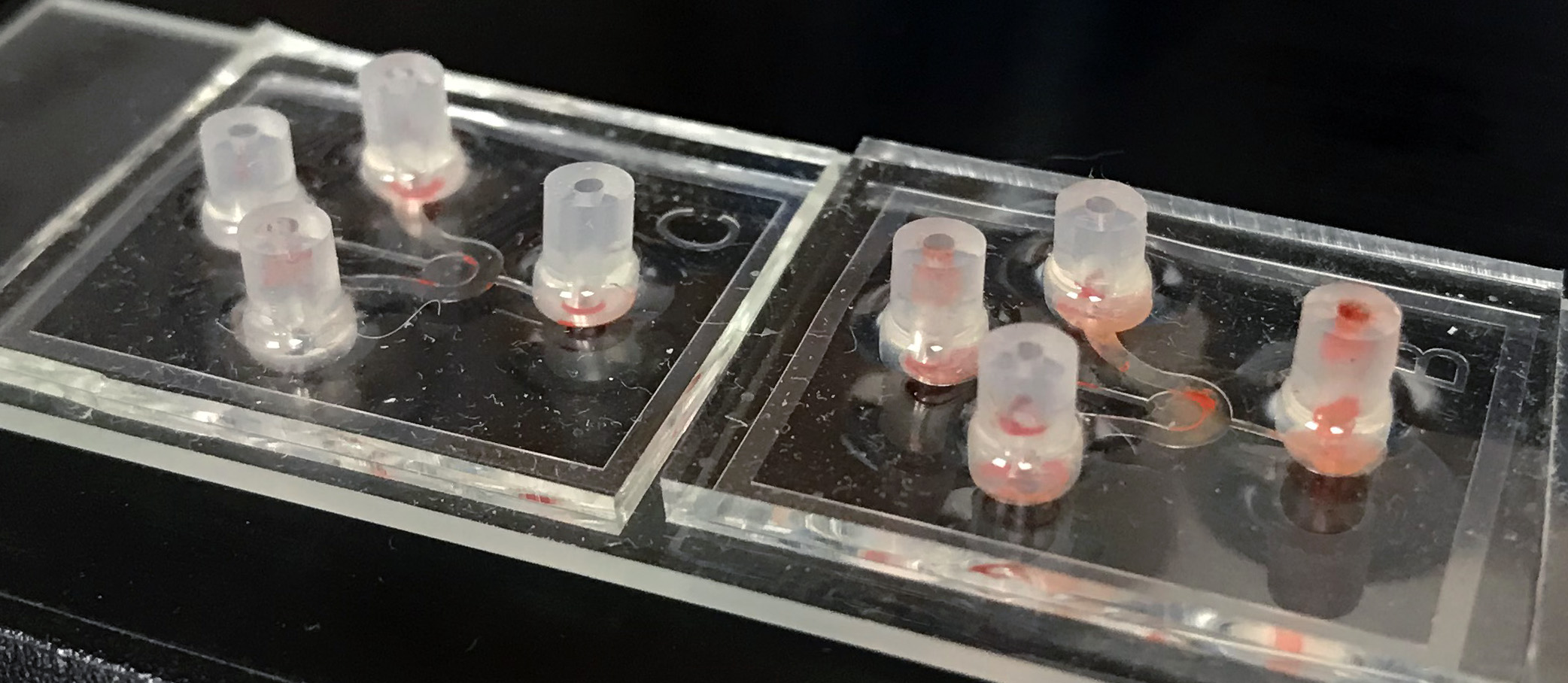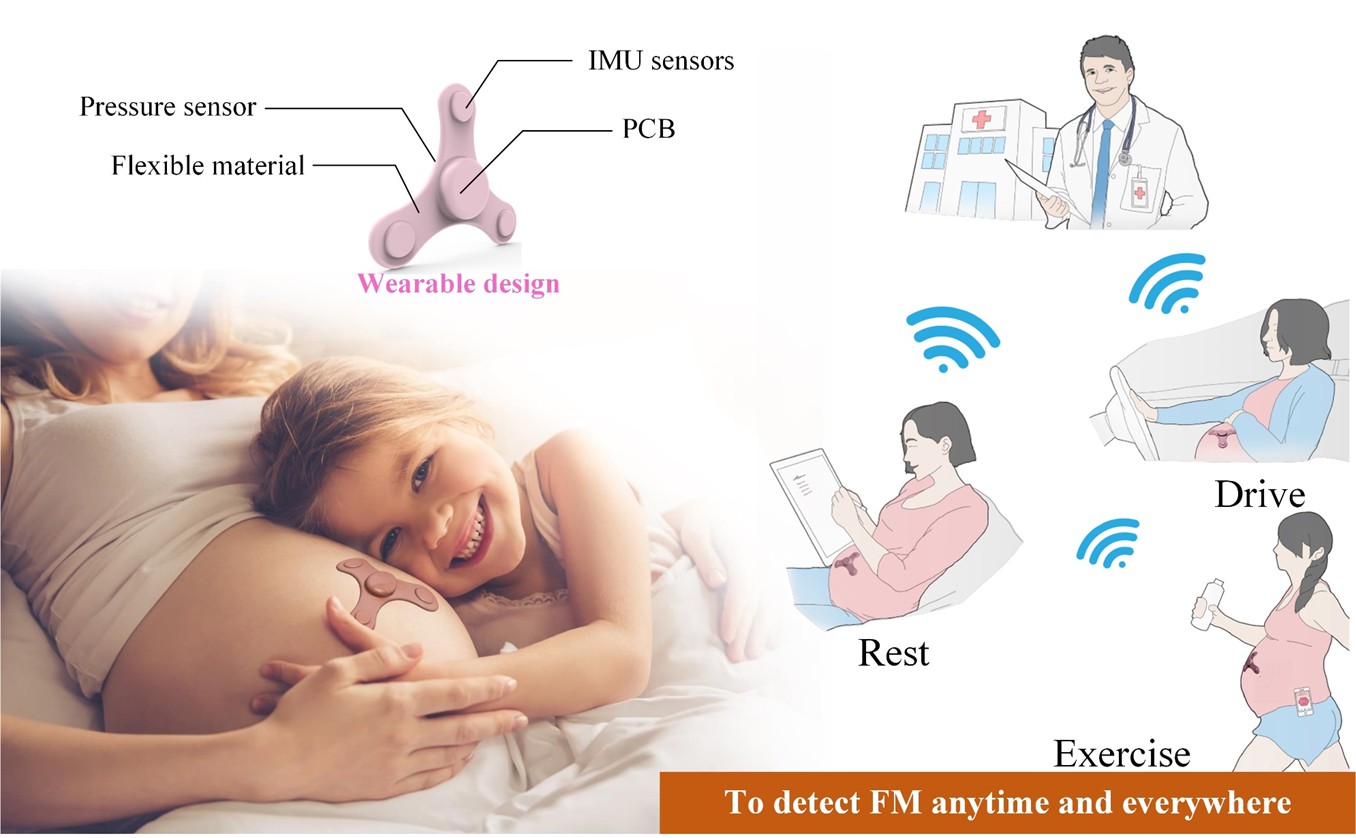| Summary |
NCREE has originally developed 5D digital space—on the basis of 3D city models and connections of different kinds of sensors around the world—is an online to offline virtual space with a combination of rising 5G technology advantages. Collecting and reorganizing various 3D cartographic data with Building Information Modeling (BIM), satellite imagery, UAV 3D modeling with high-resolution cameras, LiDar point cloud data, etc., can increase the diversity of the building and landscape to make the city more realistic. 5D+5G smart city platform speeds up all aspects of value-add applications of smart cities, including Intelligent Transportation System (ITS), Smart Energy (SE), and Ambient Intelligent (AmI). We expect that the 5D smart city becomes the digital twin of a real city. |
| Scientific Breakthrough |
"1. 5D digital space: the integration of various technologies, including knowledge, sensory ability, reasoning ability, the transmissibility of neural network, decision making, and judgment ability.
2. The integration of GIS, BIM, and IoT: Collecting and reorganizing various 3D cartographic data with Building Information Modeling (BIM), satellite imagery, UAV 3D modeling, LiDar point cloud data, etc., can increase the diversity of the building and landscape to make the city more realistic. Furthermore, integrating with the Internet of Things (IoT) by collecting and synchronizing the sheer volume of sensors deployed at every corner in cities. It not only reinforces the functionality of the 5D+5G smart city platform but also speeds up all aspects of value-add applications of smart cities." |
| Industrial Applicability |
"1. Smart Disaster Prevention: 5D+5G smart city platform regularly detects and reports emergency when disaster happens. Not only earthquakes but also flood, landslide, fire disaster, and wind disaster, it helps administrators make decisions more efficiently and conducts rescue plans more completely.
2. Intelligent Transportation System (ITS) and Smart Environment: 5D+5G smart city platform applies in autonomous driving, shared vehicles, unmanned store, sensor real-time detection, and cultural heritage preservation. It assists people with more comprehensive public infrastructure management, facilitating cities to become smarter." |

